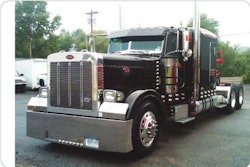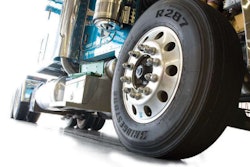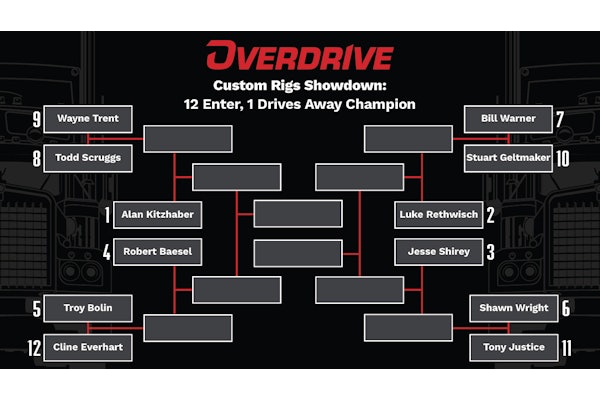Although the American Trucking Associations is not joining in litigation to block Comprehensive Safety Analysis 2010, it is asking for further changes before carriers’ rankings under the program are made public.
In a related development, the Federal Motor Carrier Safety Administration said it won’t implement the new system until at least Dec. 12.
Boyd Stephenson, ATA’s manager of safety & security operations, noted in a Nov. 29 letter to FMCSA’s CSA program manager that carriers’ scores in five of the seven Behavior Analysis and Safety Improvement Categories (BASICs) are set to be visible to the public. “Before the agency chooses to disclose this data, it should ensure that these BASICs accurately predict crash risk,” Stephenson said.
“Until FMCSA can confirm that the system accurately identifies unsafe carriers in a category, it is inappropriate to make carriers’ scores in that category publicly available, as they may erroneously label safe, responsible carriers as unsafe,” ATA said. To improve the link between BASICs scores and crash risk, ATA recommends several steps:
• Modify severity weights so that they more accurately reflect crash risk;
• Control for risk disparities among “generic” violations (situations where violations of varying degrees are lumped together);
• Ensure industry segments are compared against their peers; and
• Test the system to ensure that it accurately identifies carriers that are unsafe.

ATA pointed to a number of violations, mostly in the Cargo-Related BASIC, where its members have identified severity weights that significantly exceed crash risk. On the other hand, there are some situations — possession or under the influence of alcohol less than four hours before driving or inadequate brakes for safe stopping, for example — where FMCSA’s severity weight appears too low.
ATA noted that in developing its violation severity weightings, FMCSA convened a group of agency and state enforcement officials to examine the severity weights suggested by its research and confirm that those weights conform to experiences in the field.
“However, in ATA’s view, CSA 2010 should be based only upon the statistically demonstrated relationship between violating the FMCSRs and causing a crash, not anecdotal experience and subjective viewpoints,” the association said. The CSA methodology itself states this policy by declaring that violations and severity weights are derived by applying quantitative analysis to historical crash and roadside violation data to the extent possible. “ATA believes that the introduction of subjective viewpoints to the weights distorts the aims of an impartial safety monitoring system.”
While ATA said it would prefer that the system be based solely on the statistical relationship between crash risk and violations, the association argued that if the methodology is to incorporate subjective input, it should be from as broad and experienced a sample of individuals as possible. So ATA recommended that FMCSA expand the panel to include industry representatives.
View an earlier story about a lawsuit to block CSA 2010 here.












